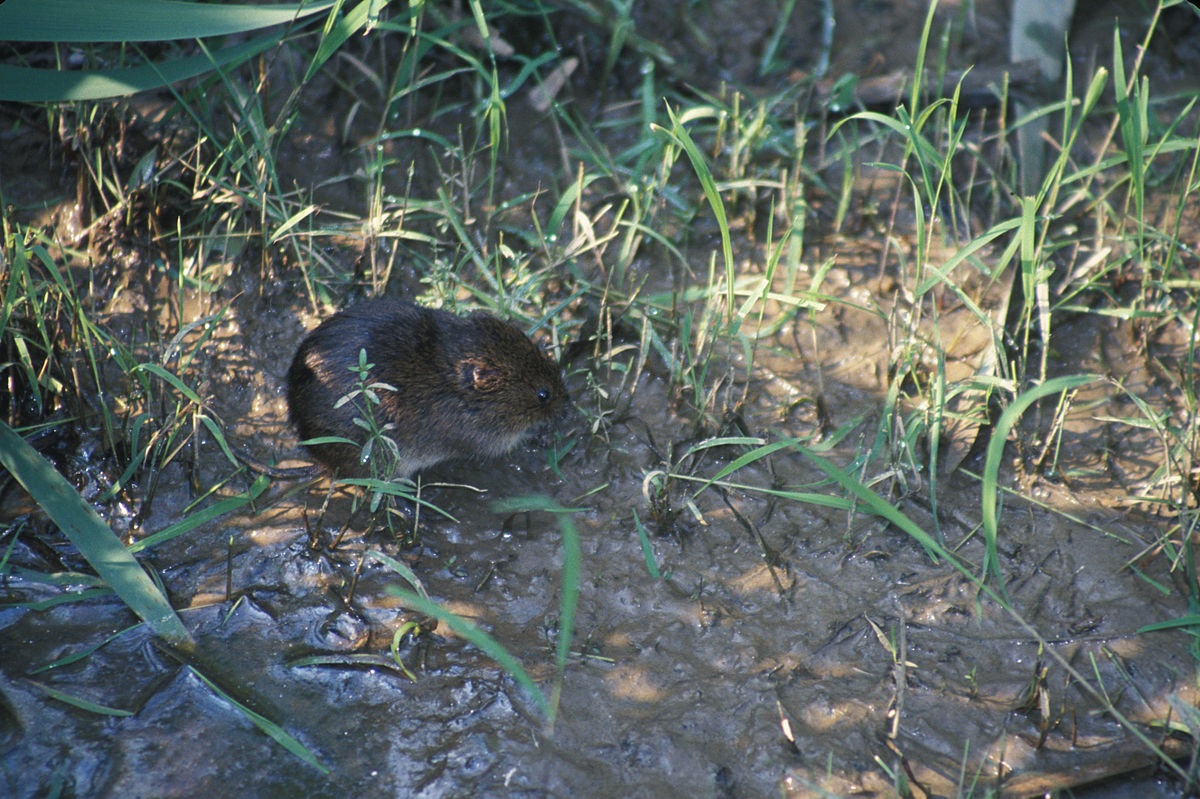Proven Vole Control Techniques to Safeguard Your Property
Proven Vole Control Techniques to Safeguard Your Property
Blog Article
Comprehensive Overview to Effective Vole Parasite Control: Problem Recognition and Treatment Techniques
In the realm of effective pest control, vole infestations posture a distinct difficulty that demands a critical strategy. By checking out the nuances of vole habits, understanding vital indicators of problem, and evaluating an array of control alternatives, one can create a thorough strategy to fight these evasive bugs.
Recognizing Vole Behavior
Vole behavior is characterized by their burrowing habits and quick recreation prices, making them a tough bug to manage successfully. Their quick reproductive rate further complicates control initiatives, with females qualified of generating several trashes in a single year, each containing numerous children.
Comprehending vole behavior is crucial for efficient parasite control approaches. By recognizing their burrow areas, keeping track of feeding locations, and executing targeted control methods, such as trapping or habitat alteration, vole infestations can be managed successfully.
Signs of Vole Infestation

Prevention Approaches
Implementing reliable prevention techniques is important in decreasing vole infestations and securing greenery from their devastating feeding behaviors (vole control utah). To stop vole problems, it is vital to start by removing possible food resources and shelter. Maintain lawn and plants cut short, get rid of weeds and particles, and preserve a clean yard or lawn to make the location less appealing to voles. Setting up obstacles such as equipment towel or below ground secure fencing can additionally aid hinder voles from entering details locations. In addition, decreasing excess moisture by fixing dripping pipes and ensuring correct drainage can make the atmosphere less friendly for voles.
Routinely evaluating the building for indications of vole task, such as paths and tunnel openings, is important for very early discovery and punctual activity. If vole index activity is believed, take into consideration utilizing traps or repellents tactically positioned near their paths. Using natural killers like owls or serpents can also assist keep vole populations in check. By applying a mix of these prevention gardeners, strategies and house owners can successfully secure their vegetation from vole damages.
Non-Lethal Control Techniques
To efficiently manage vole populations while prioritizing gentle Resources approaches, non-lethal control methods use functional options for decreasing vole damage in gardens and landscapes. One efficient method is the use of physical obstacles such as hardware cloth or cable mesh to protect vulnerable plants. These obstacles can be buried at the very least 12 inches bent and deep at a 90-degree angle to avoid voles from tunneling beneath. Furthermore, habitat alteration can deter voles by minimizing their chosen food sources and concealing spots. Keeping a well-mowed lawn, removing particles, and keeping greenery cut can make the environment less enticing to voles.

Lethal Control Options
One efficient method for addressing vole problems in gardens and landscapes includes the tactical use of dangerous control options. When encountered with an extreme vole problem that non-lethal approaches have actually fallen short to include, implementing dangerous control measures becomes essential. On the whole, when employing lethal control alternatives, it is essential to do so responsibly and in accordance with neighborhood guidelines to efficiently handle vole invasions.
Final Thought
In conclusion, effective vole parasite control requires a site link comprehensive understanding of vole habits, recognition of signs of invasion, implementation of prevention methods, and application of both non-lethal and lethal control methods. By incorporating these strategies, individuals can effectively take care of vole populations and shield their property from damages. It is essential to deal with vole infestations immediately to avoid further problems and decrease the effect on the surrounding environment.
Given the detailed tunnel systems and quick recreation rates characteristic of voles, identifying the signs of vole invasion becomes vital in efficient parasite control. One of the primary indications of vole existence is the presence of surface area runways or routes in turf or snow, generally concerning 1-2 inches vast, developed as voles take a trip between their burrows and food sources.To effectively take care of vole populaces while focusing on gentle methods, non-lethal control techniques supply practical remedies for minimizing vole damages in landscapes and gardens.One efficient technique for addressing vole invasions in landscapes and yards involves the calculated use of deadly control alternatives. vole pest control.In final thought, efficient vole pest control needs an extensive understanding of vole behavior, recognition of indications of infestation, application of prevention approaches, and usage of both non-lethal and dangerous control methods
Report this page